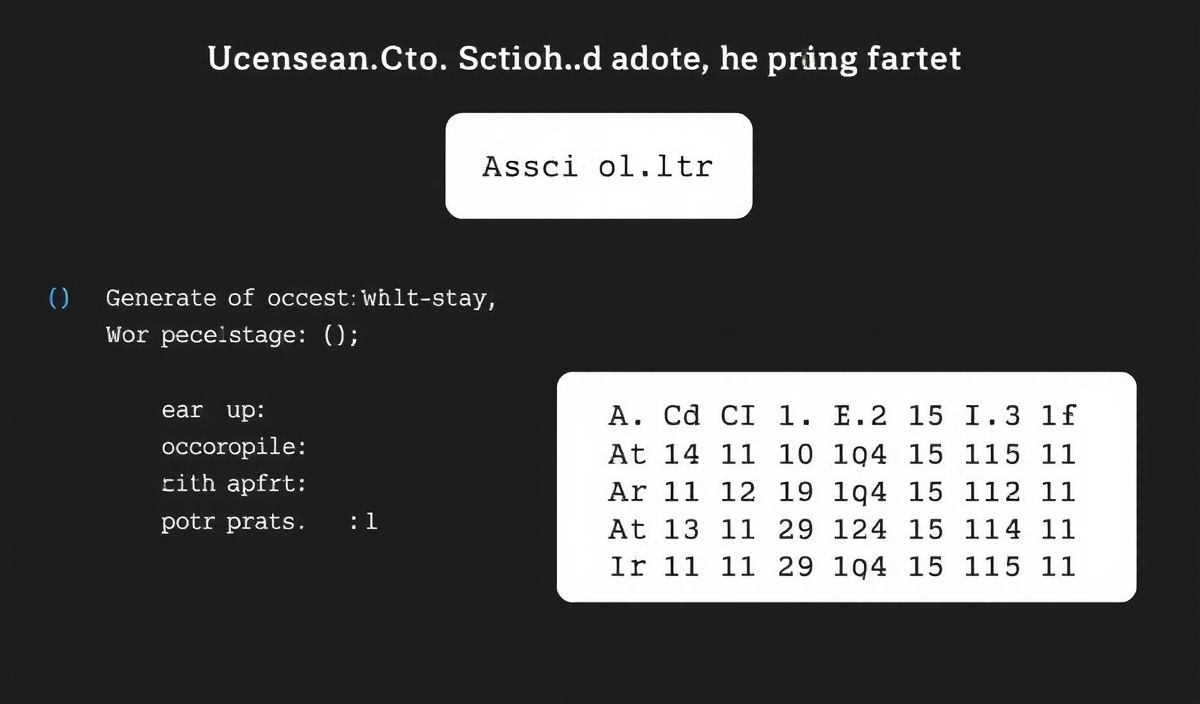Introduction to Longjohn
Longjohn is an extremely useful library designed to make error handling a much more pleasant experience in Node.js applications. It helps developers trace and debug asynchronous call stacks, thus making it easier to identify and fix issues in the code. This article dives deep into the various APIs provided by Longjohn and offers practical examples to guide you through its usage.
Getting Started with Longjohn
Firstly, you need to install Longjohn via npm:
npm install longjohn
Next, include Longjohn in your Node.js application:
const longjohn = require('longjohn');
By default, Longjohn will include stack traces for asynchronous events. For more advanced usage, you can configure Longjohn:
Configuring Longjohn
You can set the number of async frames to capture with:
longjohn.async_trace_limit = 25; // Set the number of async frames to capture
To prevent Longjohn from collecting too much memory, use:
longjohn.empty_frame_warning = 100; // Warn when empty frames exceed this number
Example Application Using Longjohn
Let’s build a simple Node.js application to demonstrate how Longjohn can be integrated:
const longjohn = require('longjohn');
const express = require('express');
const app = express();
longjohn.async_trace_limit = 20;
app.get('/', (req, res, next) => {
setTimeout(() => {
try {
throw new Error('Something went wrong');
} catch (error) {
next(error);
}
}, 1000);
});
app.use((err, req, res, next) => {
console.error('Stack Trace:', err.stack);
res.status(500).send('Internal Server Error');
});
app.listen(3000, () => {
console.log('Server is running on port 3000');
});
Dozens of API Examples
Here are several more examples of using Longjohn’s API:
Setting a Custom Warning Limit
longjohn.async_trace_limit = 50;
longjohn.empty_frame_warning = 200;
Collect Asynchronous Call Stacks
longjohn.collect_coverage(() => {
// Some code
});
// Example
longjohn.collect_coverage(() => {
setTimeout(() => {
try {
throw new Error('Delayed error');
} catch (error) {
console.error('Error:', error);
}
}, 2000);
});
Disable Longjohn
longjohn.disambiguate(() => {
// Some code
});
// Example
longjohn.disambiguate(() => {
console.log('Longjohn has been disabled for this code block');
});
Conclusion
Longjohn is a powerful debugging tool that can make error handling in asynchronous code far simpler in Node.js applications. By providing detailed stack traces for asynchronous operations, Longjohn helps developers quickly locate and resolve issues. Whether you’re building a large-scale application or a simple project, integrating Longjohn can greatly enhance your debugging capabilities. Happy coding!
Hash: ecc94905724ef0aabca6227901f4a2b9ce70f2eca56142857e8341f5c180e41d




